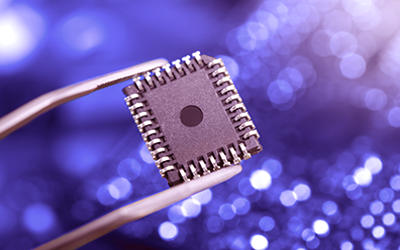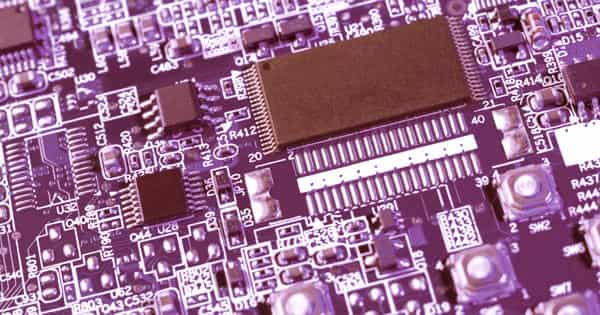Microelectronics is a subfield of electronics. It is a subdivision of the field of electronics that deals with very small and microscopic elements to manufacture electronic components. As the name suggests, microelectronics relates to the study and manufacture (or microfabrication) of very small electronic designs and components. It is a field in electronics that utilizes tiny, or micro, components to manufacture electronics. Usually, but not always, this means micrometer-scale or smaller. These devices are typically made from semiconductor materials.
“Microelectronics relates to the study and manufacture of very small electronic designs and components. It is a field in electronics that utilizes tiny, or micro, components to manufacture electronics.”
Microelectronics has been rapidly evolving as the most in-demand field of electronics because of the ever-increasing demand for inexpensive and lightweight equipment. Many components of a normal electronic design are available in a microelectronic equivalent. As demand for small and less expensive devices grows, the field continues to expand. These include transistors, capacitors, inductors, resistors, diodes, and (naturally) insulators and conductors can all be found in microelectronic devices. The main areas of focus generally are research, reliability, and manufacture. This technique requires specialized equipment and is expensive. These include transistors, capacitors, inductors, resistors, and diodes as well as insulators and conductors.
Digital integrated circuits (ICs) consist of billions of transistors, resistors, diodes, and capacitors. Analog circuits commonly contain resistors and capacitors as well. Semiconductor material such as silicon and graphite are the most commonly used elements in the manufacturing of microelectronic devices. Inductors are used in some high-frequency analog circuits but tend to occupy larger chip area due to their lower reactance at low frequencies. Gyrators can replace them in many applications. The size and weight of microelectronic packages are important concerns, especially for avionics and handheld consumer electronics industries.

Microelectronic devices, such as transistors, capacitors, and resistors, within an active chip, require some protection from the environment, as well as both electrical and mechanical connections to the surrounding components. As techniques have improved, the scale of microelectronic components has continued to decrease. At smaller scales, the relative impact of intrinsic circuit properties such as interconnections may become more significant. These are called parasitic effects, and the goal of the microelectronics design engineer is to find ways to compensate for or to minimize these effects while delivering smaller, faster, and cheaper devices. Electronic packaging is the science of placing electronic devices and circuitry in protective enclosures and providing interconnections within and between different electronic devices.
Today, microelectronics design is largely aided by Electronic Design Automation software. Microelectronic devices, packaging designs, and materials have dramatically improved over the past decades. Integrated circuit (IC) chips are now much smaller and faster, and the packaging is more efficient, reliable, and cost-effective.















